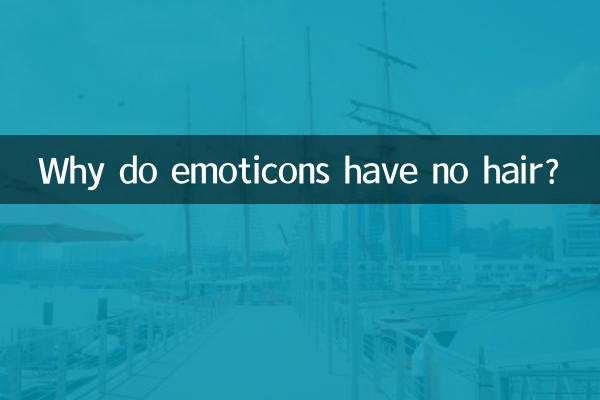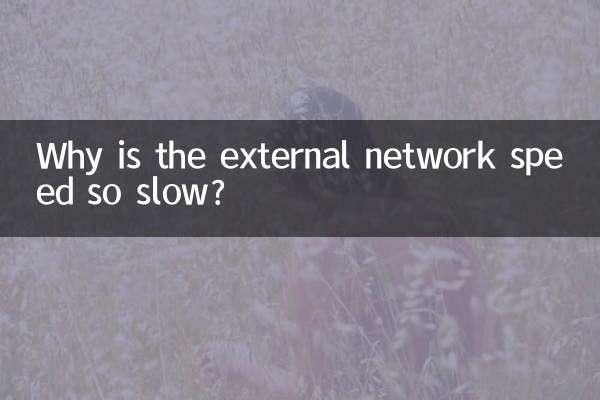Why don’t emoticons have hair? Revealing the “baldness” phenomenon of Internet culture
Among the hot topics on the Internet in the past 10 days, the hairless design of the emoji has become one of the focuses of discussion among netizens. From 'Bald Baby' to 'Mediterranean Emoji', why are these hairless memes so resonant? This article will take you to find out through structured data and analysis.
1. Ranking of popular emoticons in the past 10 days

| Ranking | Emoticon package name | Usage (10,000 times) | Main platform |
|---|---|---|---|
| 1 | Bald baby | 1250 | WeChat, Weibo |
| 2 | mediterranean uncle | 980 | Douyin, Kuaishou |
| 3 | Bald strong emoticon pack | 760 | QQ, Tieba |
| 4 | Beating workers without hair | 620 | Station B, Xiaohongshu |
2. Three major reasons why emojis have no hair
1.Simplify design and highlight expressions: Hair is not a necessary element in emoticons. Removing hair can make facial expressions more prominent, making it easier for users to quickly understand emotions.
2.Resonating with the stress of modern life: Hair loss has become a common problem among contemporary young people. The hairless emoji hit this social pain point and aroused widespread resonance.
3.The transformation of cultural symbols: In Internet culture, "bald" has gradually transformed from a negative image into a self-deprecating and humorous symbol, becoming a new language for online social interaction.
3. Analysis of netizens’ comments on the hairless emoticon package
| Comment type | Proportion | Typical comments |
|---|---|---|
| self-deprecating humor | 45% | "This is simply a true portrayal of me after working overtime." |
| emotional resonance | 30% | "When I saw this emoticon, I touched my sparse hair." |
| Just entertainment | 20% | "You're laughing so hard, this expression is so magical" |
| other | 5% | "Why do all emojis have bald heads?" |
4. Sociological Interpretation of the Hairless Emoji Phenomenon
From a sociological perspective, the popularity of hairless emojis reflects several characteristics of contemporary society:
1.Work stress visualization: Expressing invisible pressure through tangible "hair loss" is a new way for young people to vent their stress.
2.A shift in identity: From pursuing a perfect image to accepting imperfection, it reflects the more open and self-deprecating mentality of Generation Z.
3.The evolution of internet culture: Emoticons have developed from simple visual symbols to cultural carriers carrying social emotions.
5. Forecast of future emoticon pack design trends
Based on current data analysis, the following trends may emerge in future emoticon pack design:
| trend | possibility | expected impact |
|---|---|---|
| More hair-free designs | high | Continue to strengthen this visual symbol |
| Hair state reflects mood | middle | Innovative expression methods |
| Hair volume as an identifier | Low | possible new social language |
Judging from recent Internet hot spots, the popularity of hairless emoticons continues to rise. This phenomenon not only reflects the living conditions of contemporary young people, but also indicates that Internet culture is developing in a more authentic and self-deprecating direction. Next time you use these "bald" emojis, you may have a deeper understanding of the cultural meaning behind them.

check the details

check the details